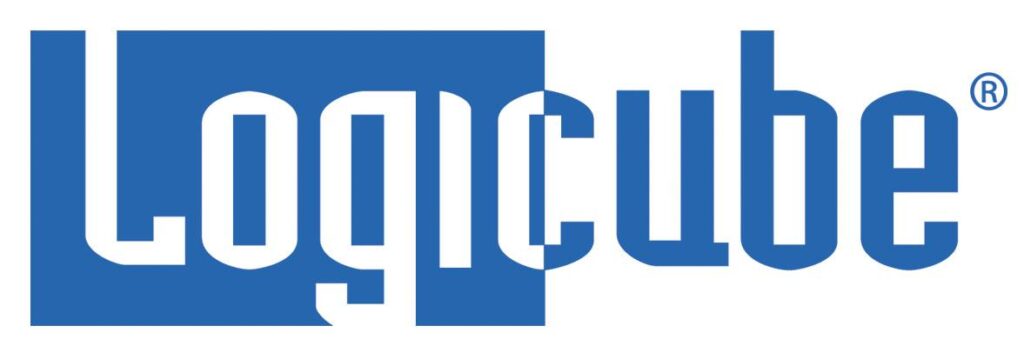The Harvard Business Review has an interesting blog post from last week that looks at the effort to develop standards and promote RFID (Radio Frequency ID), a kind of Ur-technology for our current Internet of Things. Writing on the HBR blog, Thomas Davenport and Sanjay Sarma note that the effort to develop RFID standards, led by MIT’s Auto-ID Labs, provides a possible model for the development of cross-vendor standards for the Internet of Things. However, the authors caution that it may already be too late to achieve consensus on standards to govern Internet of Things communications, given the heavy investment of large and wealthy technology companies in the standards process. One of the most successful elements of the RFID standards effort, which developed and promoted the EPCGlobal standard, was close collaboration between academics, technology vendors and end users.End users of the RFID technology – notably retailer WalMart, Procter & Gamble and […]
Search Results for "Target"
Report: Cyber Ring Stole Data To Game Stock Market | Reuters
Reuters has the story this morning about a new report out from the folks at FireEye about a cyber espionage ring that targets financial services firms. The campaign, dubbed FIN4 by FireEye, stole corporate secrets for the purpose of gaming the stock market. FireEye believes that the extensive cyber operation compromised sensitive data about dozens of publicly held companies. According to FireEye the victims include financial services firms and those in related sectors, including investment bankers, attorneys and investor relations firms. Rather than attempting to break into networks overtly, the attackers targeted employees within each organization. Phishing e-mail messages led victims to bogus web sites controlled by the hackers, who harvested login credentials to e-mail and social media accounts. Those accounts were then used to expand the hackers reach within the target organization: sending phishing email messages to other employees. The criminals behind FIN4 sought data that could be useful to stock traders, including Securities and […]
Top News Sites Hacked, Syrian Electronic Army Claims Responsibility
The hacktivist group the Syrian Electronic Army claimed responsibility yesterday for a series of hacks of high-profile news sites including CBC News and The New York Times. The group, which has targeted western news outlets in prior incidents, claimed responsibility for the attack, in which visitors reported seeing a pop-up message informing visitors of the compromise. Through a Twitter account group claimed to have used the domain Gigya.com, which sells identity management services to corporations. The attackers manipulated Gigya’s account at domain registrar GoDaddy. Gigya’s operations team released a statement Thursday morning saying that it identified an issue with its domain registrar at 6:45 a.m. ET. The breach “resulted in the redirect of the Gigya.com domain for a subset of users,” CBC reported. Read more via Syrian Electronic Army claims hack of news sites, including CBC – Technology & Science – CBC News.
NIST Sets Course For Handling Sensitive Data
The Snowden leaks were a wake-up call for U.S. Government agencies that the tools and processes to protect classified and sensitive data were woefully out of step with the current environment of small, capacious storage devices and powerful cloud-based secure communications and hosting platforms. But what about all the data that is stored on systems belonging to the (many) contractors that the government works with? Last week brings some clarification: a draft document from the National Institute of Standards and Technology (NIST) “Protecting Controlled Unclassified Information in Nonfederal Information Systems and Organizations.” (Draft Special Publication 800-171). The new NIST document outlines steps for protecting sensitive unclassified federal information that resides in nonfederal information systems and environments. Those include non-federal information systems that lie outside of the scope of existing laws like the Federal Information Security Management Act (FISMA) and any components of nonfederal systems that process, store, or transmit CUI. Read more […]
Surprise: Branding a Bug is just as Hard as Branding Anything Else!
ZDNet’s @violetblue has a nice piece on the new fad for naming vulnerabilities – seen most recently with the OpenSSL Heartbleed vulnerability and the “Shellshock” vulnerability in Linux’s common BASH utility. As Blue notes, the desire to “brand” bugs “changes the way we talk about security” – in part by giving complex, technical flaws down a common referent. But does giving a bug a logo make it frivolous? As she notes: the penchant for naming vulnerabilities may stem not from a desire to trivialize them – but a very practical response to the need to keep track of so many security holes in software. Regardless, Heartbleed – and the marketing by the firm Codenomicon that surrounde it – was the bug that launched a thousand ships, including Shellshock, Sandworm, and more. Read more coverage of Heartbleed here. But, as with . As security research and incident response are becoming more lucrative, expect the masonry […]






